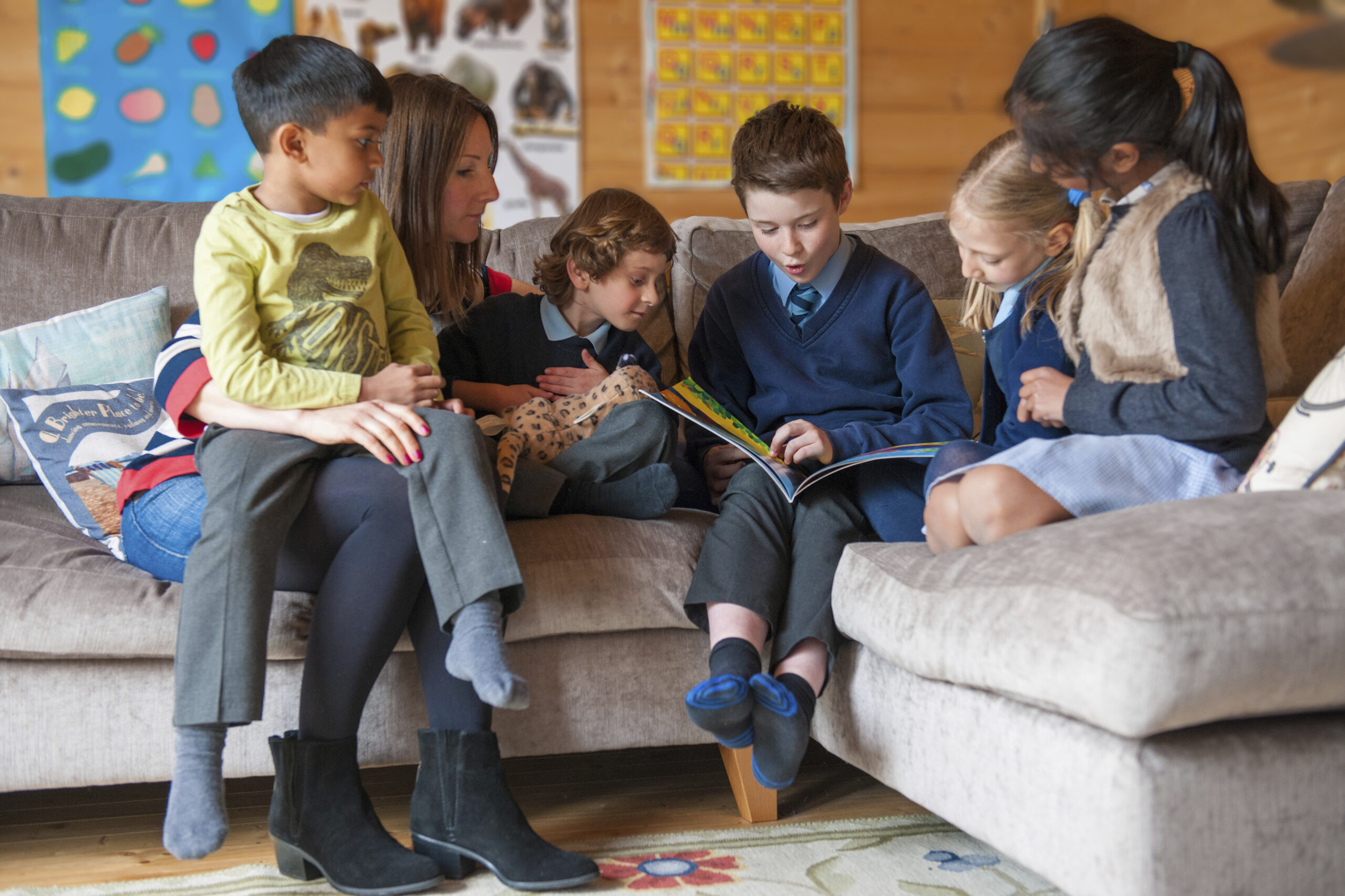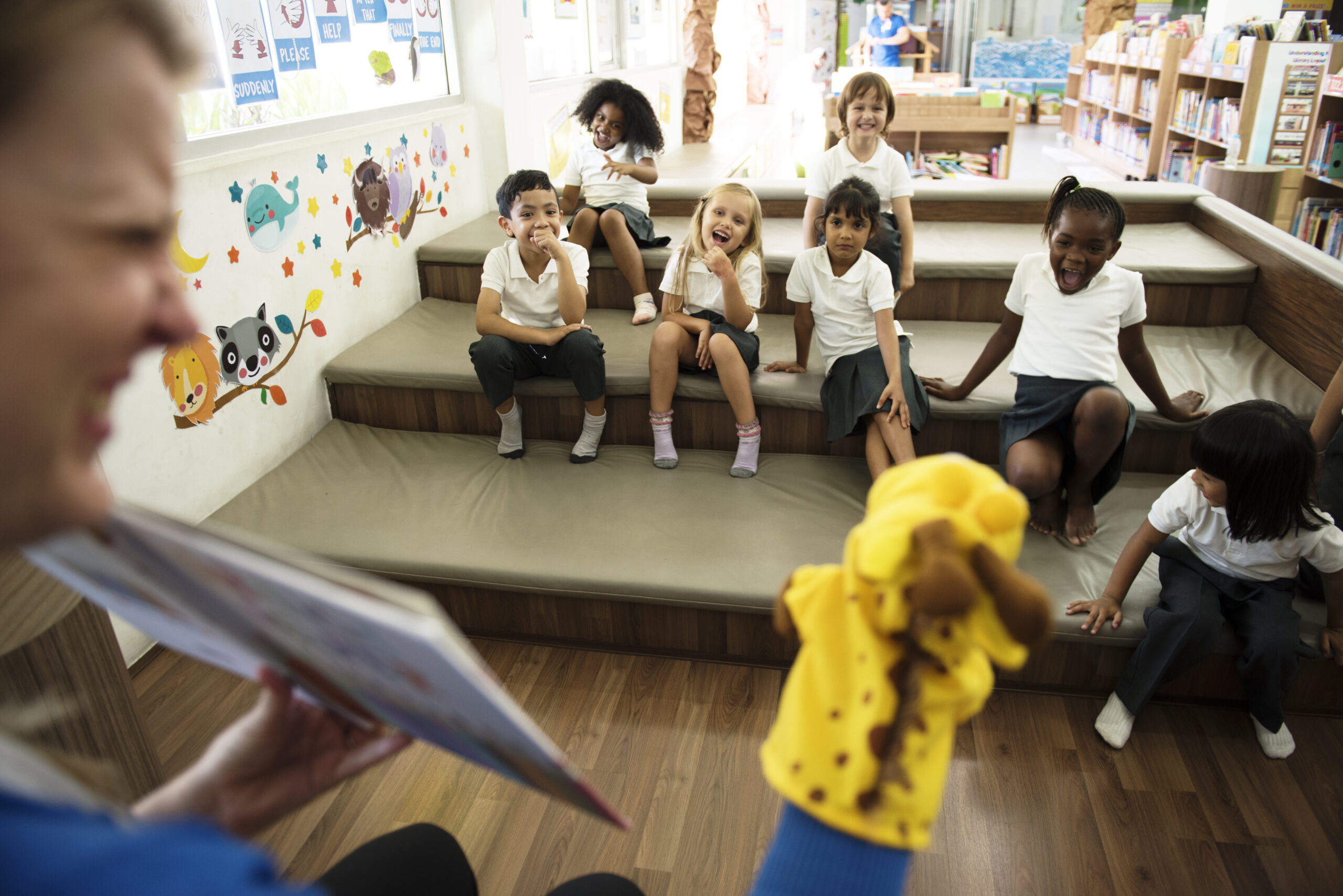Creating reading activities that capture the hearts and minds of young learners can feel like chasing a butterfly—exciting, sometimes tricky, but totally worth the effort. Whether you’re a teacher, homeschool parent, or curriculum designer, you already know that developing early literacy skills is foundational to lifelong learning. But the real challenge? Keeping kids engaged while they learn to read.
This blog dives into the “how” behind developing engaging reading activities for young learners. We’ll look at key elements like child psychology, activity design, classroom setup, tech tools, and even the role of parents. By the end, you’ll have a roadmap to create experiences that are not only educational but also enjoyable for little readers.
Understanding Young Learners: Where It All Begins
Young learners, typically aged 4 to 8, are in the early stages of cognitive, emotional, and social development. They’re curious, easily distracted, and learn best through play, repetition, and interaction. Understanding this helps you tailor your reading activities in ways that resonate with how they process the world.
Key Characteristics of Young Learners:
- Short attention spans – Activities should be bite-sized and dynamic.
- Kinesthetic learning styles – Incorporate movement and touch.
- Emotional development – Stories that evoke feelings help with comprehension.
- Language acquisition stage – They’re expanding vocabulary rapidly, so choose words and themes that stretch their abilities.
In other words, static worksheets just won’t cut it. Reading activities need to meet them where they are—full of energy and imagination.

The DNA of an Engaging Reading Activity
What makes a reading activity truly engaging? It combines educational goals with elements that captivate attention. Think of it as the intersection of pedagogy and play.
Core Components:
- Clear Learning Objectives
Every activity should aim to build skills—phonics, vocabulary, fluency, or comprehension. - Age-Appropriate Content
Select books and texts that match their developmental level, both linguistically and thematically. - Interactivity
Whether it’s acting out a story, using puppets, or responding to questions, engagement thrives on participation. - Visual and Tactile Support
Flashcards, picture books, and manipulatives help reinforce understanding. - Narrative Appeal
Children love stories. Use narratives with strong characters and simple plots to hold their interest. - Fun Factor
Songs, rhymes, and games introduce a playful dimension that turns learning into a joy rather than a chore.
Types of Reading Activities That Work Wonders
Here are some time-tested and research-supported reading activities that consistently win the attention (and hearts) of young learners:
1. Interactive Read-Alouds
Sit in a circle, hold up a big picture book, and use voices, facial expressions, and pauses for questions. Ask them to predict what happens next or repeat funny words. This builds listening comprehension and vocabulary.
Bonus Tip: Use props or puppets to dramatize the story.
2. Phonics Scavenger Hunts
Create a game where children find objects or pictures that start with a specific letter or sound. This helps with phonemic awareness, an essential pre-reading skill.
3. Role Play and Story Retelling
Give kids simple costumes or props and let them act out scenes from the story. This enhances understanding and narrative sequencing.
4. Word Family Games
Use magnetic letters or printed flashcards to build word families like “cat,” “hat,” “mat.” Make it a timed challenge or a memory game.
5. Digital Storytelling Apps
Apps like Epic!, Starfall, or ABCmouse offer interactive books with read-aloud features and quizzes. Gamified elements keep kids motivated and learning.
Designing the Ideal Reading Environment
A child-friendly reading environment does more than house books—it sets the tone for how children perceive reading itself.
Tips for Setting Up:
- Reading Corners – Soft rugs, bean bags, and shelves at eye level encourage independent exploration.
- Word Walls – Display frequently used words for visual reinforcement.
- Label Everything – Use text around the classroom to build print awareness.
- Flexible Seating – Allow for movement and choice, which boosts comfort and focus.
Think of your space as a “literacy playground”—inviting, inspiring, and dynamic.
Incorporating Technology Without Losing the Human Touch
While traditional methods are gold, digital tools offer a boost when used wisely. The key is not to replace but to complement.
Recommended Tools:
- Starfall – Teaches phonics through interactive activities.
- Reading Eggs – A comprehensive platform for learning to read.
- Vooks – Animated storybooks that combine video and text.
Make sure screen time is balanced with personal interaction. A tablet can never replace the warmth of a shared story read aloud.

Assessment: Are They Really Learning?
Engagement is fantastic, but it has to lead to results. Regular assessments help you ensure kids are not just entertained, but progressing.
Ways to Assess Reading Progress:
- Informal Observations – Note who is participating, following the story, or asking questions.
- Comprehension Questions – Ask simple who, what, where, and why questions after a story.
- Reading Journals – Let kids draw or write (with help) what they understood.
- Running Records – For slightly older kids, have them read aloud while you track errors and fluency.
Keep it low-pressure and celebratory. The goal is to encourage, not evaluate with a red pen.
The Power of Parental Involvement
Home is the second classroom. Kids who see reading as part of daily life are more likely to succeed.
Encourage Parents To:
- Read daily at home
Even 15 minutes makes a difference. - Ask questions while reading
Build comprehension by discussing the story. - Model reading behavior
Let kids see adults enjoying books. - Communicate with teachers
Share observations and align strategies.
Create take-home book bags or send newsletters with recommended reading. Bridging school and home creates a consistent literacy culture.
Conclusion: Reading is More Than Words
Engaging young learners in reading is about more than teaching the alphabet. It’s about creating a journey—full of discovery, imagination, and connection. When reading activities are thoughtfully designed, aligned with clear objectives, and infused with fun, they become powerful tools to spark a lifelong love of literacy.
Whether it’s a puppet show, a story app, or a simple read-aloud, every moment spent building literacy is a gift. And with the right strategies in place, that gift becomes a foundation for future success—one book, one word, one smile at a time.
Ready to Unlock Your Child’s Reading Potential?
If you’re wondering whether your young learner is on track with their reading skills—or if you’re just looking for expert insight on how to support their growth—PDX Reading Specialist is here to help.
We offer comprehensive reading assessments tailored to your child’s unique needs. Our evidence-based approach helps identify strengths, uncover challenges, and create a personalized plan to boost literacy success.
Contact us today to schedule your one-on-one assessment and take the first step toward a confident, engaged reader. Let’s build a love of reading—together.


